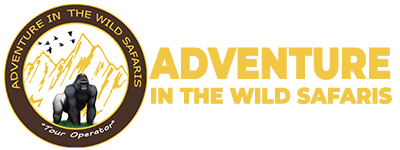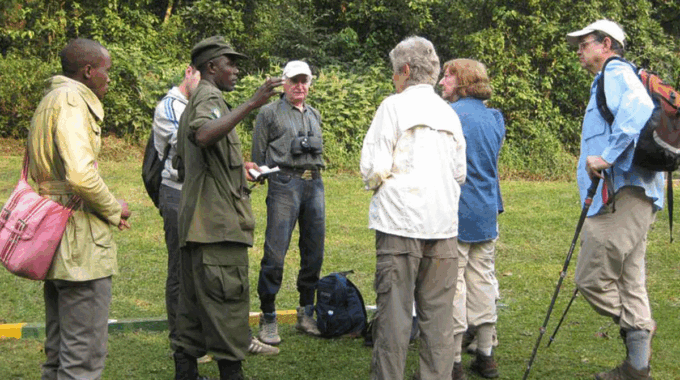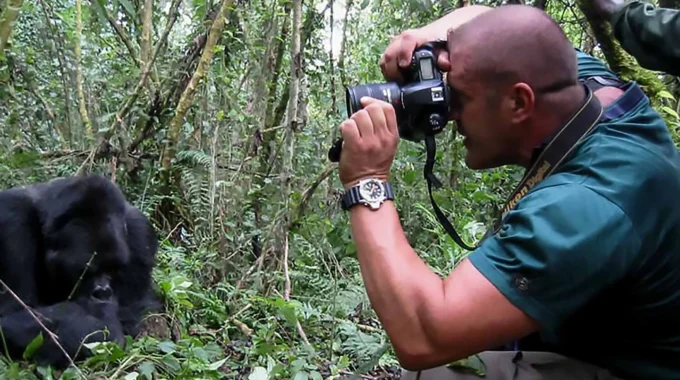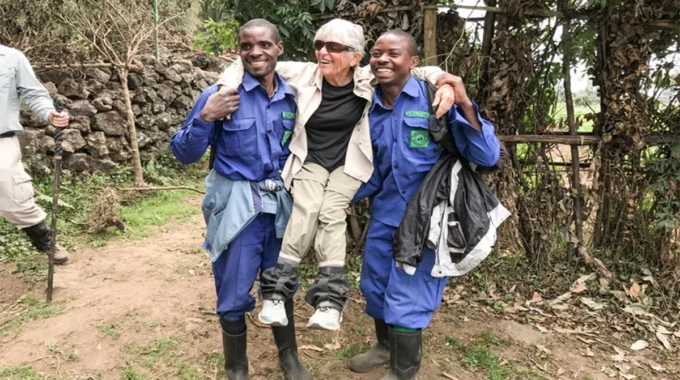Safety Measures and Health Precautions During Treks: Safety measures during gorilla treks Safety measures during…
Understanding the $1,500 Gorilla Trekking Permit Fee in Rwanda
Understanding the $1,500 Gorilla Trekking Permit Fee in Rwanda: Where Your Money Goes
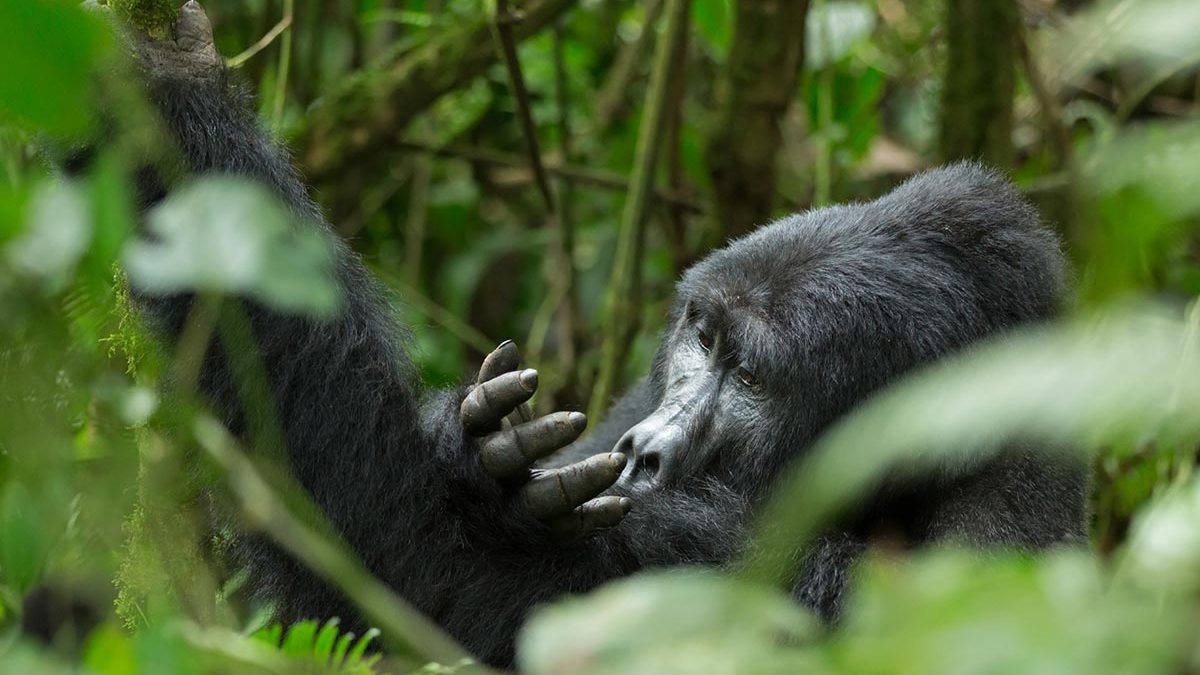
Understanding the $1500 gorilla trekking fee: Gorilla trekking in Rwanda is one of the most remarkable wildlife experiences in the world — but it comes at a cost. The price of a gorilla trekking permit in Rwanda is currently $1,500 per person, a figure that often prompts questions from travelers. Why does it cost so much? Where does the money go? And is it really worth it?
In this detailed guide, we break down exactly what the $1,500 gorilla trekking permit fee covers, how it supports conservation and communities, and why it’s considered an ethical investment in Rwanda’s natural heritage.
Why Gorilla Trekking in Rwanda Is So Expensive
Rwanda has positioned itself as a high-end eco-tourism destination, with a focus on low-impact, high-value tourism. The $1,500 permit fee serves a specific purpose — not just to control visitor numbers but to support a complex system of gorilla conservation, local development, and tourism infrastructure.
Gorilla Trekking Is a Privileged, Regulated Experience
Each day, only 96 permits are issued in Volcanoes National Park, Rwanda’s primary gorilla trekking destination. The strict limit on group size (a maximum of 8 people per gorilla family) ensures:
- Minimal human impact on endangered mountain gorillas
- Personalized, high-quality visitor experiences
- Better safety and management for guests and wildlife
This exclusivity comes at a premium.
Where Your $1,500 Permit Fee Goes
The permit fee is not just a ticket — it’s an investment in conservation, community support, and long-term sustainability.
1. Gorilla Conservation and Protection (~40%)
A significant portion of the fee supports the ongoing protection of Rwanda’s approximately 400 mountain gorillas.
Key conservation efforts funded by the permit include:
- Anti-poaching patrols by well-trained rangers
- Monitoring and veterinary care for gorilla groups
- Scientific research and data collection
- Habitat preservation and reforestation projects
The results are tangible: Rwanda’s mountain gorilla population has steadily increased, thanks in part to this well-funded protection model.
Suggested external link: Dian Fossey Gorilla Fund
2. Community Development and Local Benefit (~10%)
Rwanda has pioneered a community revenue-sharing model through which 10% of gorilla permit revenue is allocated directly to communities surrounding Volcanoes National Park.
Funds support:
- School construction and scholarships
- Health centers and clean water projects
- Roads and local infrastructure
- Employment and training for tourism-related jobs
This model reduces human-wildlife conflict and provides locals with a stake in conservation success.
Suggested internal link: How Gorilla Tourism Supports Communities in Rwanda
3. Park Management and Infrastructure (~30%)
Volcanoes National Park is a world-class destination that requires constant upkeep and professional staffing. Permit fees fund:
- Salaries for rangers, trackers, porters, and guides
- Maintenance of visitor centers and trail systems
- Security, safety training, and first aid services
- Continued development of trekking infrastructure
4. Tourism Development and Research (~10%)
Some of the permit fee is reinvested in Rwanda’s broader tourism strategy, helping fund:
- New tourism products (e.g., cultural tours, golden monkey tracking)
- Training programs for guides and hospitality workers
- Marketing campaigns to position Rwanda globally
- Sustainable tourism research and planning
5. Private Partnerships and Conservation NGOs (~10%)
In collaboration with private stakeholders and NGOs, Rwanda uses permit revenue to foster impactful partnerships. These include:
- Gorilla Doctors (veterinary care and disease control)
- African Wildlife Foundation (capacity building and training)
- International Gorilla Conservation Program
These partnerships elevate Rwanda as a leader in conservation-based tourism.
Is the Gorilla Permit Fee Worth $1,500?
For many travelers, the answer is a resounding yes — and not just because of the experience.
Here’s why the fee is justified:
- Only 1,000 mountain gorillas remain in the wild — this is a rare opportunity
- You’re contributing to real, effective conservation efforts
- The experience is well organized, safe, and ethical
- The economic impact helps uplift rural Rwandan communities
- You’ll remember the face-to-face gorilla encounter for the rest of your life
Suggested internal link: What to Expect on Your Gorilla Trek in Rwanda
Rwanda vs. Uganda vs. DRC: Permit Price Comparison
| Country | Gorilla Permit Fee | Key Notes |
|---|---|---|
| Rwanda | $1,500 | Luxury, safe, well-regulated |
| Uganda | $800 | More permits, lower cost, varied terrain |
| DR Congo | $400–$500 | Least expensive, but security concerns |
Suggested internal link: Rwanda vs. Uganda: Best Country for Gorilla Trekking
Booking Your Gorilla Permit in Rwanda
1. Book Through a Licensed Tour Operator (Recommended)
The most reliable and convenient option is to book your permit as part of a full package with a trusted operator like:
Gorilla Rwanda Safaris
Specializing in custom wildlife and cultural experiences, Gorilla Rwanda Safaris handles:
- Permit reservations
- Trekking logistics
- Transportation and accommodations
- Add-ons like golden monkey trekking, cultural tours, and Lake Kivu getaways
This ensures a seamless, stress-free experience with expert local support.
Suggested internal link: Top Rwanda Gorilla Trekking Packages
Suggested internal link: How to book a gorilla trekking permit
When Should You Book?
Because gorilla permits are limited to just 96 per day, it’s essential to book in advance — ideally:
- 6+ months ahead for peak seasons (June–September, Dec–Feb)
- 3–4 months ahead for low seasons
Suggested internal link: Best Time to Go Gorilla Trekking in Rwanda
Tips to Maximize Your $1,500 Investment
- Book a reputable tour company like Gorilla Rwanda Safaris
- Travel in the dry season for better trekking conditions
- Wear the right gear (long pants, hiking boots, gloves)
- Hire a local porter — it supports the community and makes your trek easier
- Respect the gorillas: No flash, stay quiet, and follow the rules
Supporting Something Bigger Than Yourself
Your permit fee doesn’t just grant you access to one of the rarest creatures on Earth — it helps ensure they’re still here for the next generation.
- It protects mountain gorillas from extinction
- It empowers local communities to thrive
- It strengthens Rwanda’s conservation economy
You’re not just a tourist — you’re a partner in preservation.
Summary: Breaking Down the $1,500 Gorilla Trekking Fee
| What It Covers | Percentage of Fee | Impact |
|---|---|---|
| Gorilla conservation | ~40% | Anti-poaching, veterinary care, habitat preservation |
| Community development | ~10% | Schools, clinics, infrastructure for locals |
| Park operations | ~30% | Salaries, trail upkeep, logistics |
| Tourism development | ~10% | Guide training, marketing, product diversification |
| NGO partnerships | ~10% | Global conservation alliances |
Suggested Internal Links
- How to Book a Gorilla Trekking Permit in Rwanda
- Best Gorilla Trekking Tours in Rwanda
- What to Wear for Gorilla Trekking in Rwanda
- Top Things to Do Near Volcanoes National Park
